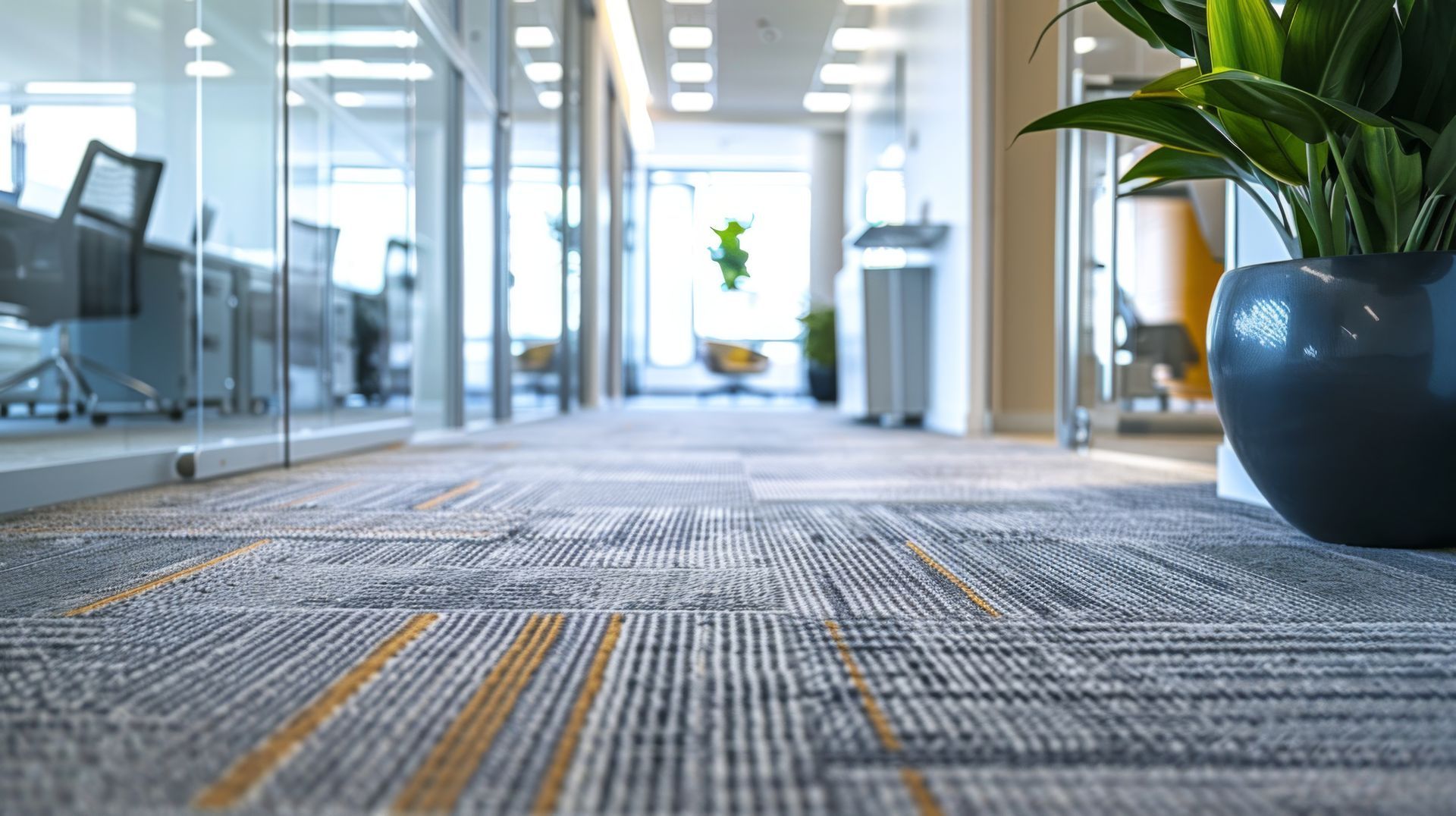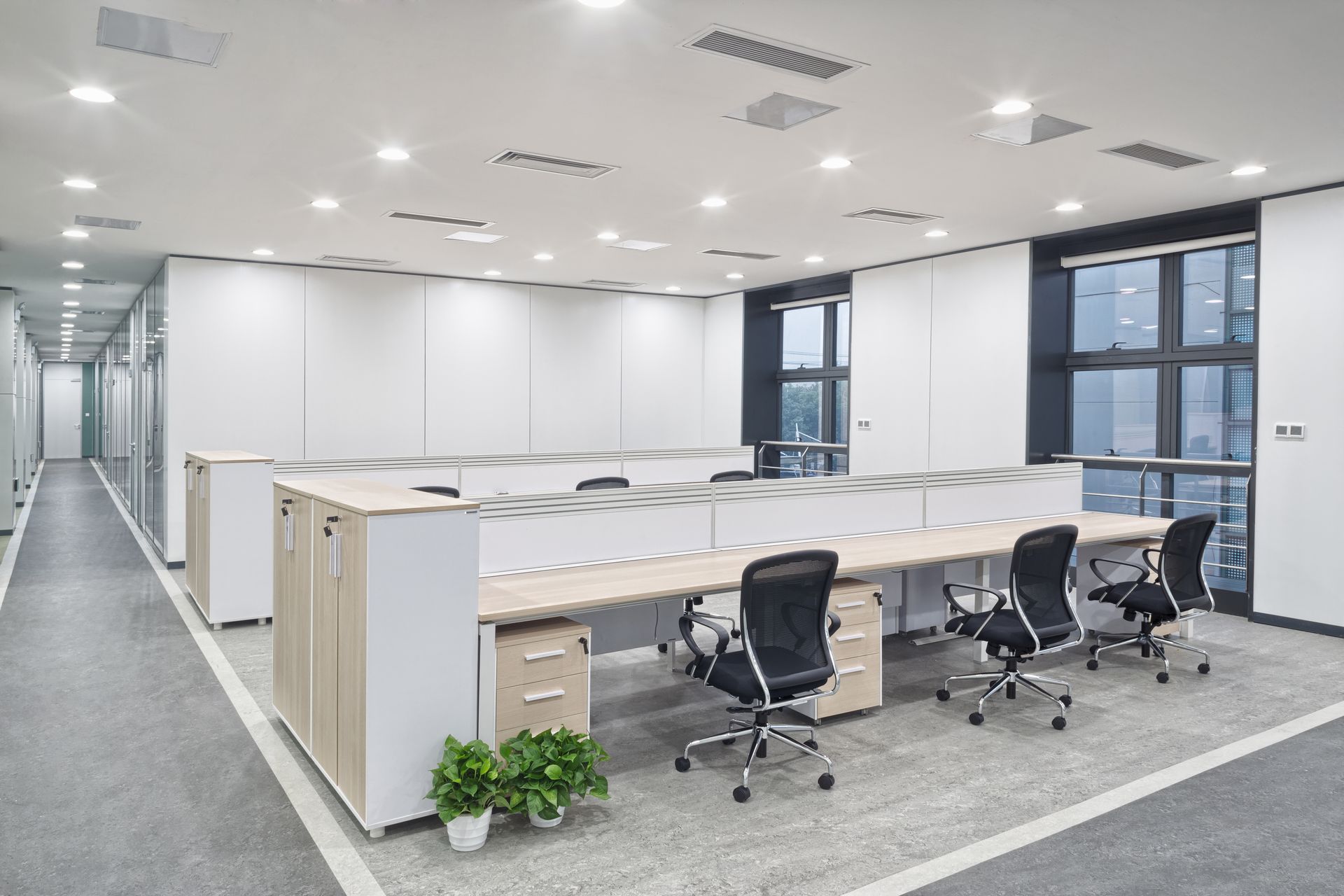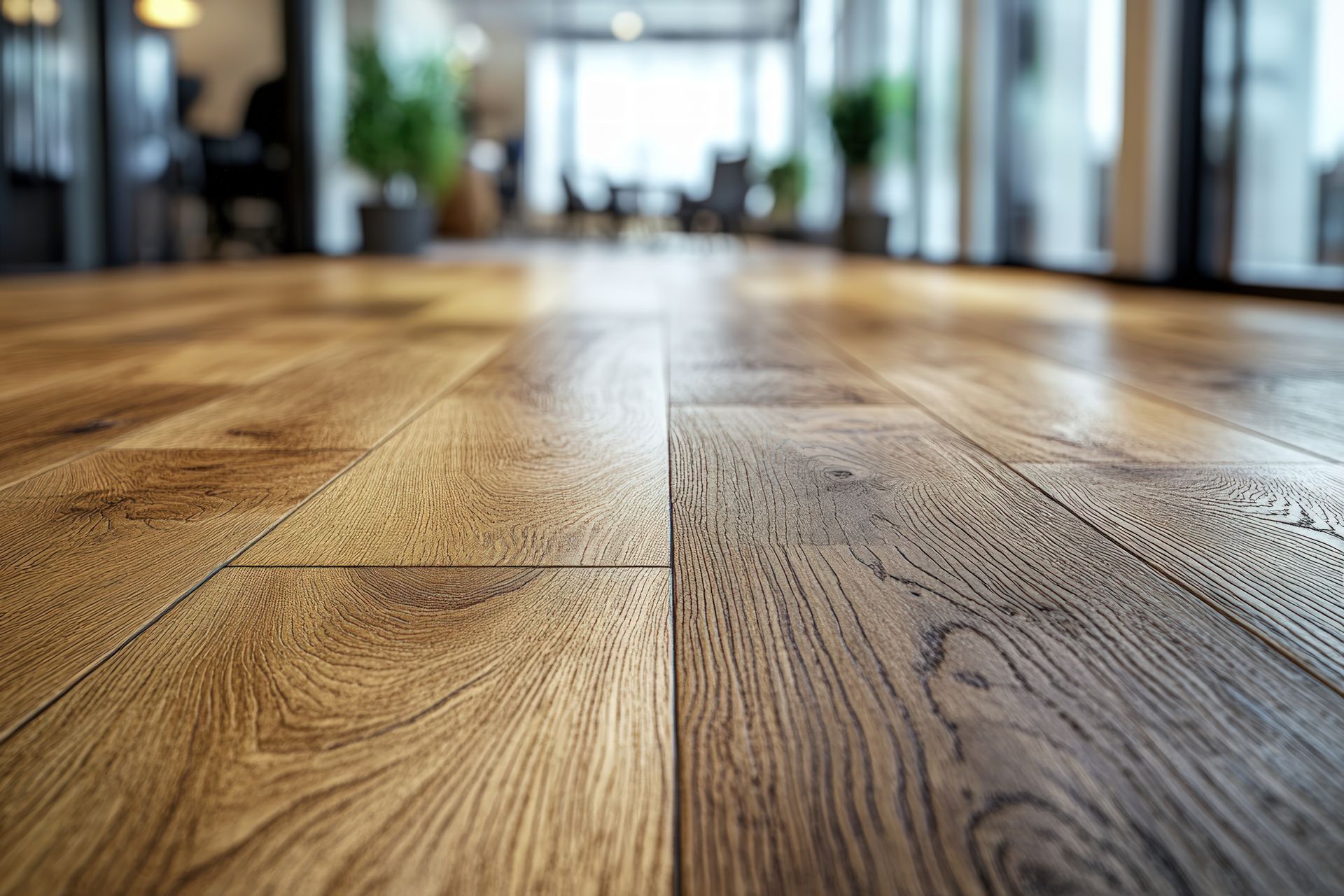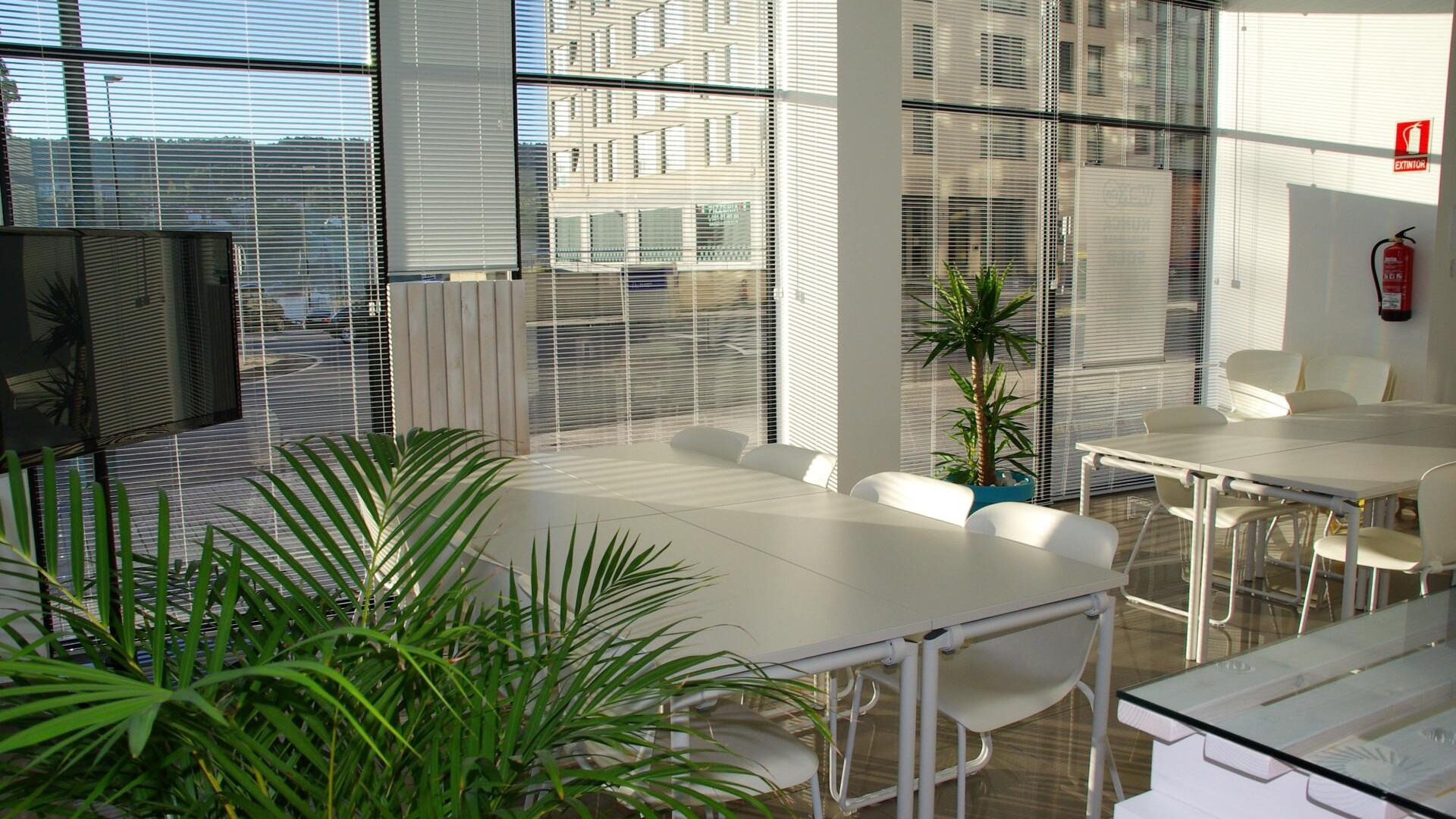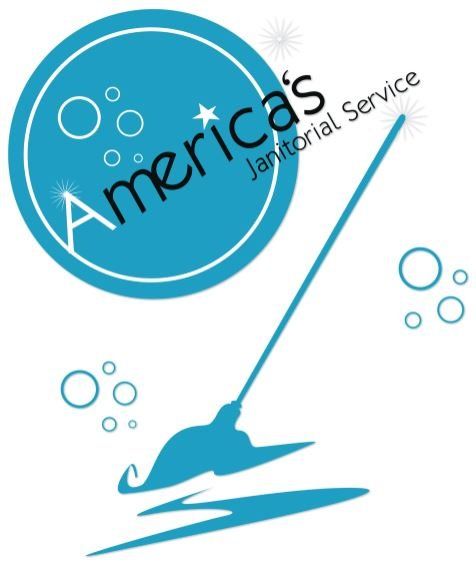How to Maintain a Hygienic Medical Facility: Best Practices & Tips
Maintaining a clean, hygienic, and safe medical facility is one of the most important responsibilities in healthcare. From clinics and urgent-care centers to dental offices and specialty practices, patient health depends on strict sanitation practices and reliable cleaning protocols.
At America’s Janitorial, we understand the intense standards medical facilities must meet. Our teams are trained specifically in healthcare cleaning procedures, infection-control practices, and regulatory requirements—so the environment stays not just clean, but truly safe.
Below are the best practices every medical facility should follow, along with insights from our approach as a professional medical cleaning provider.
1. Establish Clear Cleaning Protocols and Consistent Schedules
Effective facility hygiene starts with structure. Medical spaces should have detailed, written cleaning procedures that outline:
- What surfaces need daily, hourly, or per-use attention
- Approved disinfectants and methods
- Protocols for exam rooms, treatment areas, lobbies, and restrooms
- Steps for terminal cleaning after patient discharge or treatment
At America’s Janitorial, we design custom cleaning plans for each facility to ensure every room receives the right level of care at the right time.
2. Use Hospital-Grade Disinfectants and Proper Application Techniques
Not every disinfectant is strong enough for a healthcare setting. We use only professional-grade products designed to eliminate a wide range of harmful pathogens. Key standards include:
- Ensuring disinfectants stay on surfaces long enough to be effective
- Using tools that prevent cross-contamination
- Routinely sanitizing or replacing microfiber cloths, mop heads, and equipment
- Applying specialized cleaning methods based on risk level
This approach ensures every surface is cleaned safely and thoroughly.
3. Control Cross-Contamination With a Systematic Process
Preventing cross-contamination is one of the most important responsibilities in medical cleaning.
Our teams use:
- Color-coded cloths and tools for different zones
- Strict “clean-to-dirty” cleaning order
- Fresh PPE for every room
- Proper handling of contaminated materials
- Isolation-room cleaning techniques when appropriate
These practices dramatically reduce the chance of germs spreading from one area to another.
4. Prioritize High-Touch Areas Throughout the Day
Certain surfaces accumulate germs more quickly and require more frequent attention. America’s Janitorial prioritizes high-touch areas such as:
- Bed rails
- Door handles and light switches
- Exam tables and waiting-room furniture
- Restroom fixtures
- Touchscreens, keyboards, and shared medical devices
- Nurse stations and reception desks
High-touch disinfection is performed multiple times per day, depending on facility needs and patient volume.
5. Train and Equip Cleaning Staff for Healthcare Environments
Medical facilities require more than routine janitorial work—they require trained environmental services (EVS) personnel.
Our teams receive specialized training in:
- Infection-control cleaning
- Proper PPE usage
- Safe chemical handling
- Biohazard disposal
- Bloodborne pathogen standards
- Specialized healthcare cleaning techniques
This ensures your facility is cleaned by professionals who understand the stakes.
6. Promote Hand Hygiene Through Strategic Facility Design
Clean hands save lives—and proper facility hygiene supports it.
We recommend:
- Placing sanitizer stations in high-traffic corridors
- Keeping soap and dispensers fully stocked
- Posting reminder signage for staff, patients, and visitors
- Encouraging compliance through routine checks
A hygienic facility supports a hygienic workforce.
7. Manage Waste and Biohazards Safely and Correctly
Medical facilities deal with regulated waste that must be handled carefully.
Best practices include:
- Using proper containers for sharps and biohazards
- Separating contaminated materials immediately
- Replacing linens and privacy curtains regularly
- Keeping clean and dirty items stored separately
- Training staff on safe handling procedures
Our teams follow strict protocols to ensure waste handling is safe and compliant.
Why Partner With America’s Janitorial for Healthcare Cleaning?
Healthcare facilities require more than standard cleaning—they need experts who understand infection control and patient safety. America’s Janitorial provides trained staff, hospital-grade disinfection, and custom cleaning plans to ensure consistent, high-touch hygiene. We deliver reliable, professional service so your facility stays safe, compliant, and truly clean every day.
Final Takeaway
Maintaining a hygienic medical facility is a continuous responsibility. With proper protocols, trained personnel, and strict disinfection practices, healthcare environments can dramatically reduce infection risks.
Partnering with a professional medical cleaning provider like America’s Janitorial ensures your facility stays safe, compliant, and truly clean—day after day.


